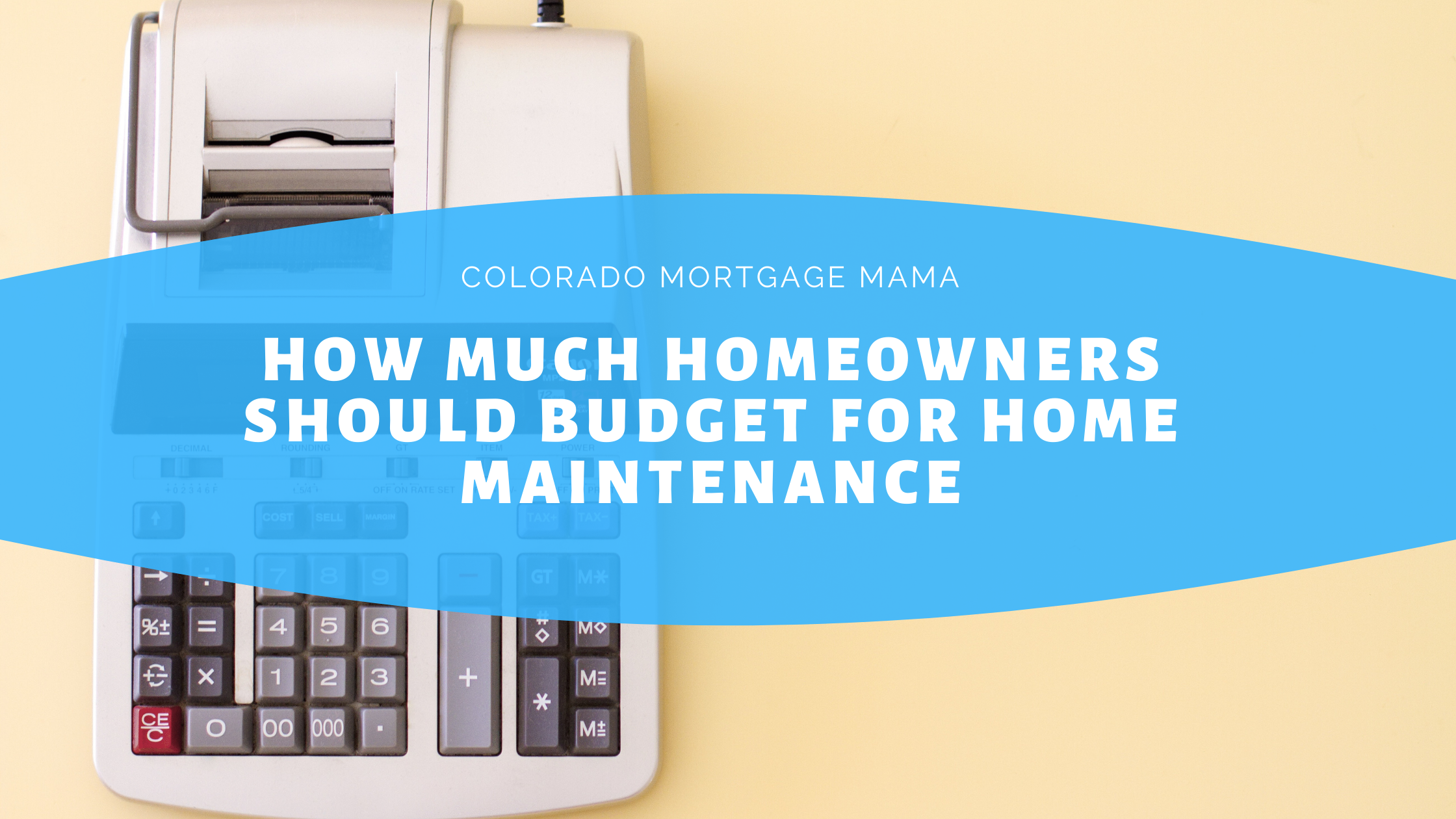
How Much Homeowners Should Budget for Home Maintenance?
Whether you are a first-time homeowner or a seasoned one, the issue of home maintenance is both essential and frequently overlooked or avoided until necessary. Why? Because there are a lot of things to maintain around a home and everyone wants to hope for the best. The “I’ll deal with it when it happens” train of thought is common but can also put homeowners in a pickle when something big breaks down – like their water heater or air conditioner.
There are other tasks that need to be maintained more often such as air quality (changing filters), safety (checking fire detectors), and reducing allergens (carpet cleaning). These chores are also part of any quality home maintenance plan.
Each season of the year brings its own priorities. For example, we are about to go into winter so tasks to prepare your home and yard for the cold season are upon us. The seasons are a great way to chart the course of time and to remind you of what needs to be done around the house.
It’s better to have a home maintenance plan. This plan ensures that you take time each season to think about and check the various needs around your home. A bit of maintenance upfront could save you from a complete overhaul later. Once you know what needs to be tackled each season, you should also have a budget to handle those things.
But how do you know how much to budget for home maintenance?
As with anything, there are various options to choose from when it comes to budgeting for home maintenance.
- The 1% rule of thumb is based on the idea that if you save at least 1% of the total purchase price of your home that you’ll have what you need for repairs and maintenance. This works better for newer homes as older homes tend to need more investment in repairs and replacements.
- A monthly savings amount works for many folks so if you’ve been a homeowner for a while and can track what you normally spend each year in maintenance, then you’ll have an annual amount that you can average and then divide by 12 to know what to pack away each month.
- You could also do the square-footage rule, saving $1 for every square foot of your home each year. Again, this rule may work better for newer or larger homes and may not be a good goalpost for an older house.
If those ideas still feel a bit like ‘guessing games’ to you, we would encourage you to make a list of all possible repair costs – broken down by their expected life spans. For example, roofs need to be repaired every 12-20 years (on average, depending on the roof you have) and water heaters have a lifespan of about 8-12 years. Then you can do the math of figuring out what you may need to save year over year so that you are never caught unable to pay for an important repair.
**********
